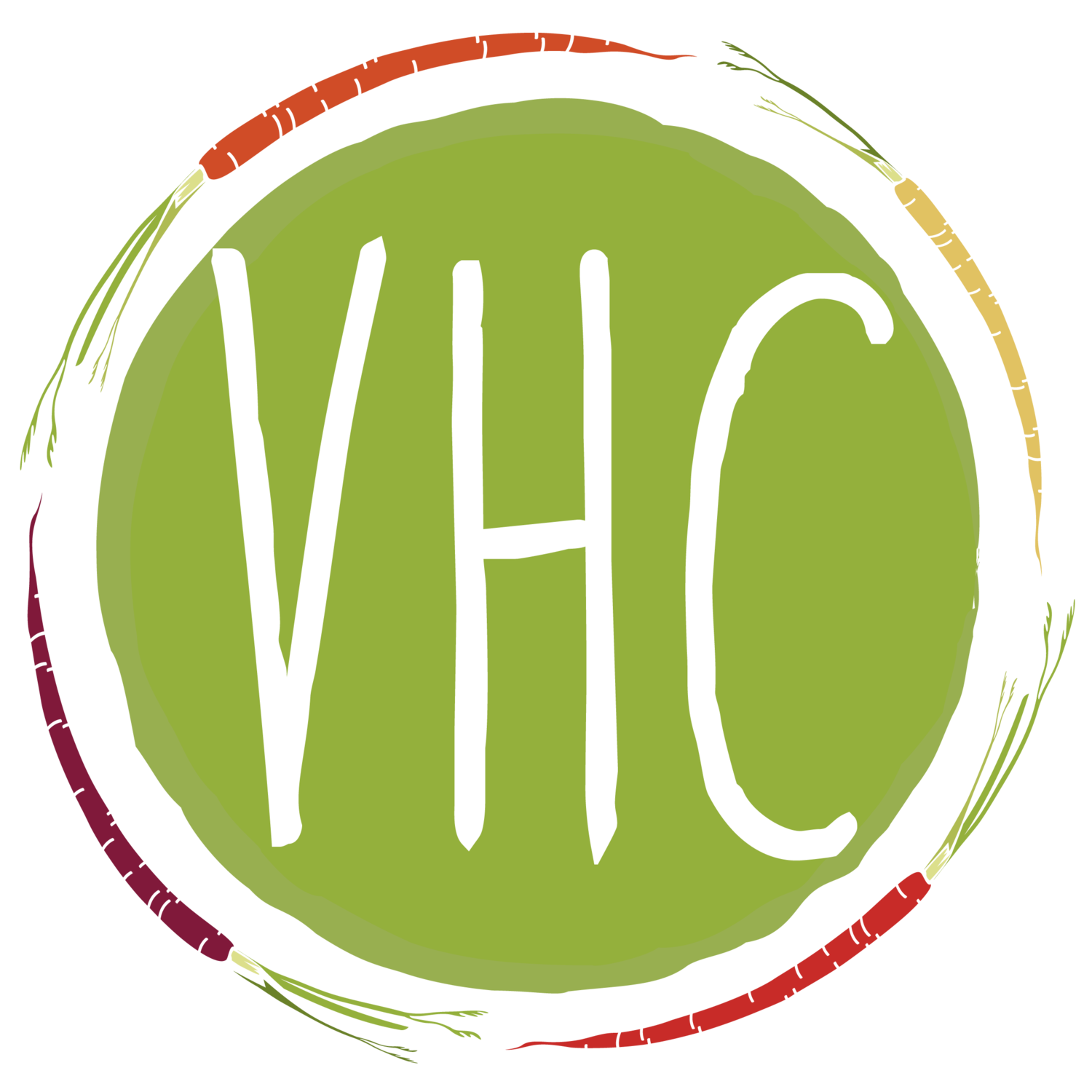Want to Eat Plant-Based? Here’s What You Need to Know
So, you want to make a healthy change in your life, and you are thinking about a plant-based diet. Foremost, this is a great way to start!
Plant-based diets became more popular in recent years because of their numerous health benefits. According to a study, following this diet can help lower body mass index, blood pressure, and cholesterol levels.
It also helps to prevent chronic diseases, such as diabetes and some types of cancer. But, where to start?
Maybe in the middle of your research, you have stepped upon a lot of information, tips, and advice. We are here to declutter your mind and share what you need to know before starting a plant-based diet.
Plant-based vs. Vegan
We have a more comprehensive article about the differences between vegan, vegetarian, and plant-based diets. But in summary, plant-based diets are all about consuming whole foods, meaning consuming foods as close to their natural state as possible. A plant-based diet also means getting most of your nutrients from vegetables + fruits + whole grains + nuts and seeds, with small amounts of meat + animal products.
While the best way is to start with baby steps, the ultimate goal is to eat fewer animal products on a daily basis and increase your vegetable intake.
Baby steps to get you started
1- Incorporate vegetables into every meal.
2-Start by limiting your highly-processed meats intake (hot dogs, cold cuts, cured meats, and any pre-packaged foods like chicken nuggets) to one-two time per month.
3-Choose one meal a day that will be completely vegan.
4- Meal Prep Vegan Meals-prepare some of your meals at the beginning of the week to make sure you have healthy grab-and-go meals!
5- Start eating seasonally-when using vegetables/fruits in their peak seasons helps keep vegetables exciting
Protein and special nutrients
Naturally, we get more health benefits from fresh fruits and vegetables. But there are some nutrients we can only find in animal products, such as all the essential amino acids (complete b vitamins), zinc, and calcium.
If you are planning to change to a plant-based diet, it is important to not miss the required intake of these nutrients. For example, you can exchange meat and poultry by properly combining nuts, beans, whole grains, and seeds to get the proper amount of protein.
Keep an eye on balance! And if you start to feel lethargic or tired all the time, it’s vital to consult with a physician and get the right supplements.
Variety is key
Eat the rainbow! Yes, to sustain a plant-based diet, it is crucial to incorporate fruits and vegetables of every color into your meals. The more colorful, the better. Combine textures and flavors, add new spices, and enjoy the journey.
Are you ready to start eating better? Follow me on Instagram @VegHeadChef for healthy recipe ideas.
Go to the homepage.
